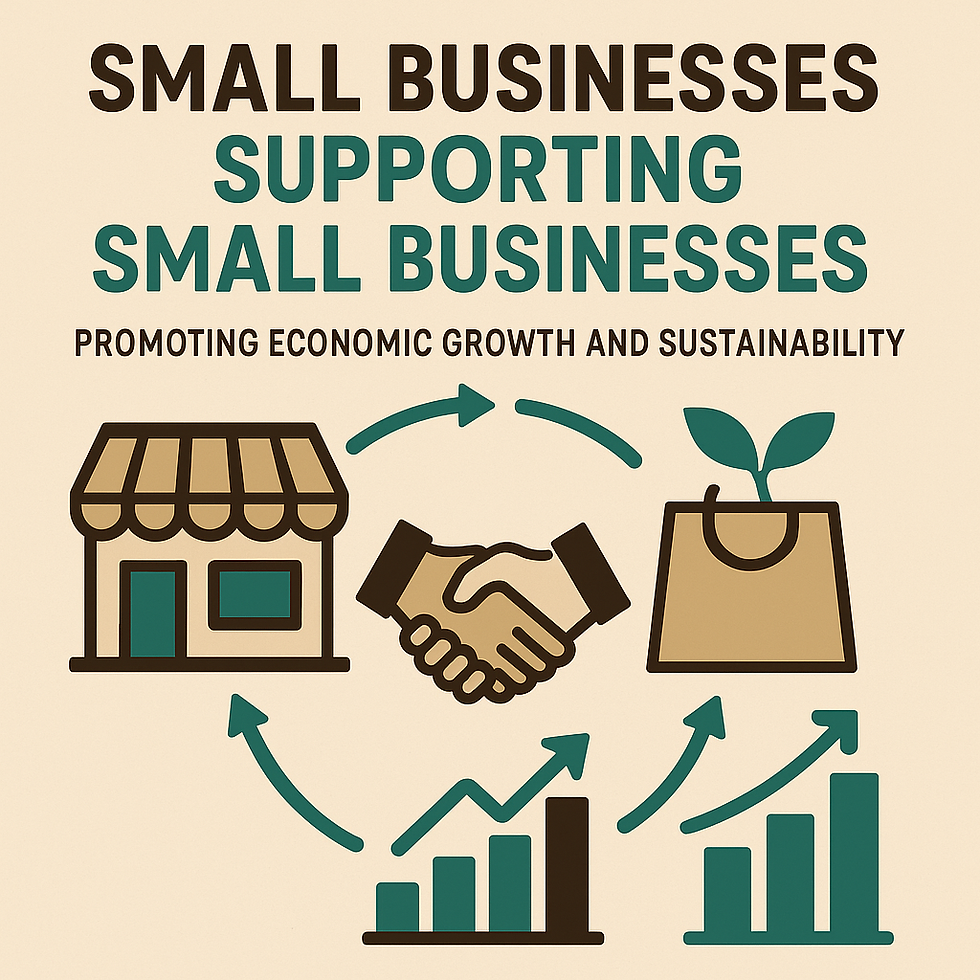The Importance of Feeding, Sheltering, and Providing Water for Wild Birds in Spring
- Whispering Wind Ranches
- Mar 23
- 3 min read

As spring arrives and birds begin their nesting season, providing food, shelter, and water can make a significant difference in their survival and well-being. With urbanization and habitat loss threatening many bird species, creating a safe and welcoming environment in our own backyards is more crucial than ever. Not only does this support local wildlife, but it also brings the joy of birdwatching and a deeper connection to nature.
Why Providing Food, Shelter, and Water Matters
Birds require a stable habitat to thrive, yet natural nesting sites are disappearing due to deforestation, development, and climate change. By offering these essential resources, we provide:
Protection from predators like cats, raccoons, and larger birds.
A safe space for raising chicks in a stable and secure environment.
Respite from harsh weather conditions like heavy rain, strong winds, and extreme heat.
Aiding conservation efforts by supporting bird populations, especially those struggling with habitat loss.
Access to clean water sources for drinking and bathing, which is essential for birds' health and hygiene.
By setting up nesting boxes made from recycled or sustainably sourced wood, preserving tree cover, and ensuring our gardens remain bird-friendly, we can help foster a healthy avian ecosystem.
How to Build a Sustainable Bird Feeder
In addition to shelter, a reliable food source is essential for nesting birds. Building an eco-friendly bird feeder is a fun and easy way to support local species while minimizing environmental impact. Here’s how to create a simple homemade bird feeder using upcycled materials:
Materials Needed:
A clean, empty milk carton, plastic bottle, or an old wooden container
Scissors or a utility knife
Natural twine or biodegradable string
A wooden dowel, small stick, or repurposed chopstick
Organic birdseed mix
Non-toxic paint or natural dyes (optional, for decoration)
Instructions:
Prepare the Container: Cut a hole in the side of the milk carton, plastic bottle, or wooden box, about 2-3 inches in diameter. Ensure the hole is high enough to hold a decent amount of seed at the bottom.
Add a Perch: Poke a small hole below the feeding hole and insert a wooden dowel, small stick, or repurposed chopstick for birds to perch on while feeding.
Attach Hanging Support: Punch a hole at the top of the container and thread a piece of biodegradable twine or natural string through it for hanging.
Fill with Seed: Use an organic, pesticide-free birdseed mix suited for local birds in your area.
Hang and Observe: Place the feeder in a sheltered location, preferably near trees or bushes for added protection.
Providing Water for Nesting Birds
Water is just as crucial as food for birds, especially during the dry spring months. Providing a clean, accessible water source ensures they have what they need for drinking and bathing. Consider these simple ways to offer water to birds:
Place a birdbath in a shaded area to prevent overheating and algae buildup.
Use a shallow dish or upcycled container with fresh water that is easy for birds to access.
Keep the water clean by changing it regularly and scrubbing the container to prevent the spread of disease.
Install a small solar-powered fountain to keep the water moving and attract more birds.
Creating a Sustainable Bird-Friendly Space
Besides feeders, nesting shelters, and water sources, there are other ways to make your outdoor space welcoming and environmentally friendly for birds:
Plant native, pesticide-free trees and shrubs to provide natural cover and food sources.
Provide nesting materials such as dried grass, twigs, and natural fibers for birds to build their nests.
Leave leaf litter and small brush piles to encourage insects, which serve as a food source for birds.
Use natural materials like fallen branches, dried leaves, and untreated wood to create nesting sites.
Avoid chemical pesticides and herbicides to ensure a healthy environment for birds and their food sources
.
By taking small, sustainable steps to support birds during nesting season, we can help them thrive while minimizing our ecological footprint. Whether through building an upcycled bird feeder, installing nesting boxes made from reclaimed materials, providing fresh water, or maintaining an organic, bird-friendly garden, every effort counts in preserving these wonderful creatures for generations to come.





